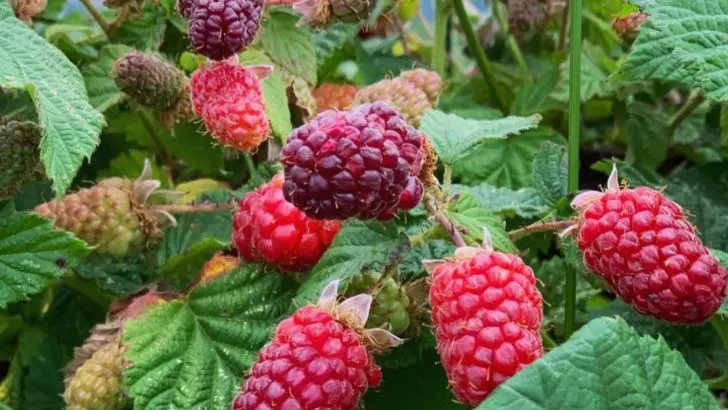Strawberries may be popular, but they’re not always the easiest fruit to grow. Between picky soil needs, persistent pests, and sensitive roots, it’s no surprise many gardeners struggle to keep them thriving. But the good news? There are plenty of other berries that are far less demanding — and just as delicious.
In this article, we’ll introduce you to 14 easier-to-grow berry varieties that are perfect for home gardens, even if you’ve had no luck with strawberries. From rugged raspberries to shade-tolerant currants, these fruits offer low-maintenance rewards for gardeners of all skill levels.
Give berries another try — just with plants that are built to succeed.
Blueberries

Rich in antioxidants, blueberries are surprisingly resilient and thrive in acidic soil. These bushes require patience as they mature but once established, they can produce an abundance of fruit for years. A sunny spot and regular watering will keep them happy. A little patience, and the rewards are bountiful. Fun fact: blueberries were one of the first fruits to be labeled a superfood, thanks to their health benefits.
Raspberries
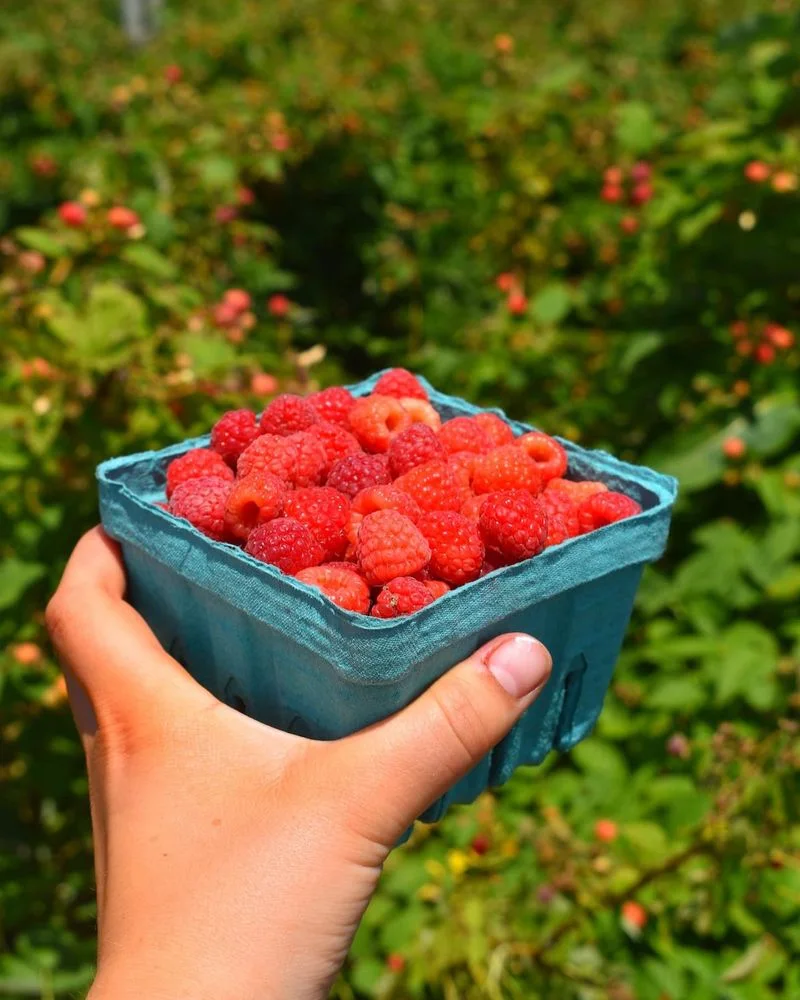
Raspberries are the perfect choice for those who love a little tartness with their sweetness. These canes are fast-growing and quite forgiving of neglect. Whether you choose summer or autumn varieties, regular pruning ensures a bumper crop. Their thorns can be a bit prickly, so gloves are advised when harvesting. Historically, raspberries have been used for medicinal purposes, believed to have anti-inflammatory properties.
Blackberries
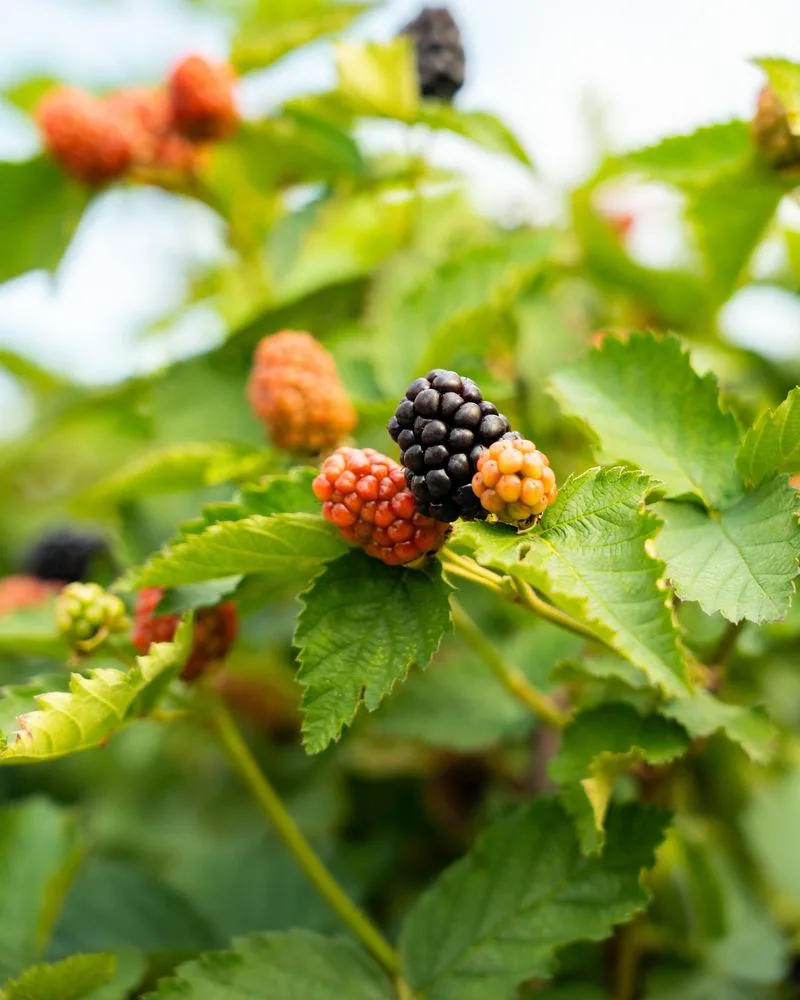
Often considered wild, blackberries are surprisingly easy to tame in your garden. These robust plants thrive in poor soil and can handle drought better than many other berries. With minimal care, they reward you with plentiful harvests. Just watch out for those thorny stems! Blackberries have been enjoyed since ancient times, with their seeds found in the stomachs of prehistoric humans.
Gooseberries
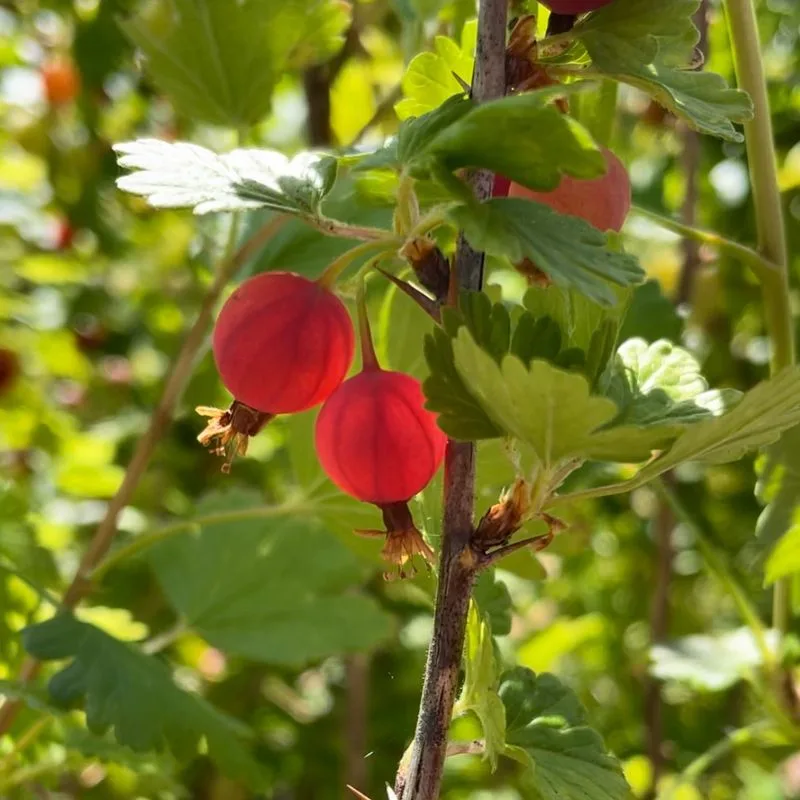
Gooseberries are a gardener’s friend, offering fruit that varies from tart to sweet. These bushes grow well in most climates, are resistant to pests, and need little more than a sunny spot and well-drained soil. The unique flavor of gooseberries is perfect for jams and desserts. Historically, they were very popular in British gardens before falling out of favor, now making a delicious comeback.
Currants

Currants, whether red, black, or white, are compact and prolific producers. They thrive in cooler climates and are relatively low maintenance. Their tangy berries are excellent fresh or in preserves. Currants were once banned in the U.S. due to disease concerns but have made a grand return, celebrated in communities for their rich vitamin C content.
Elderberries
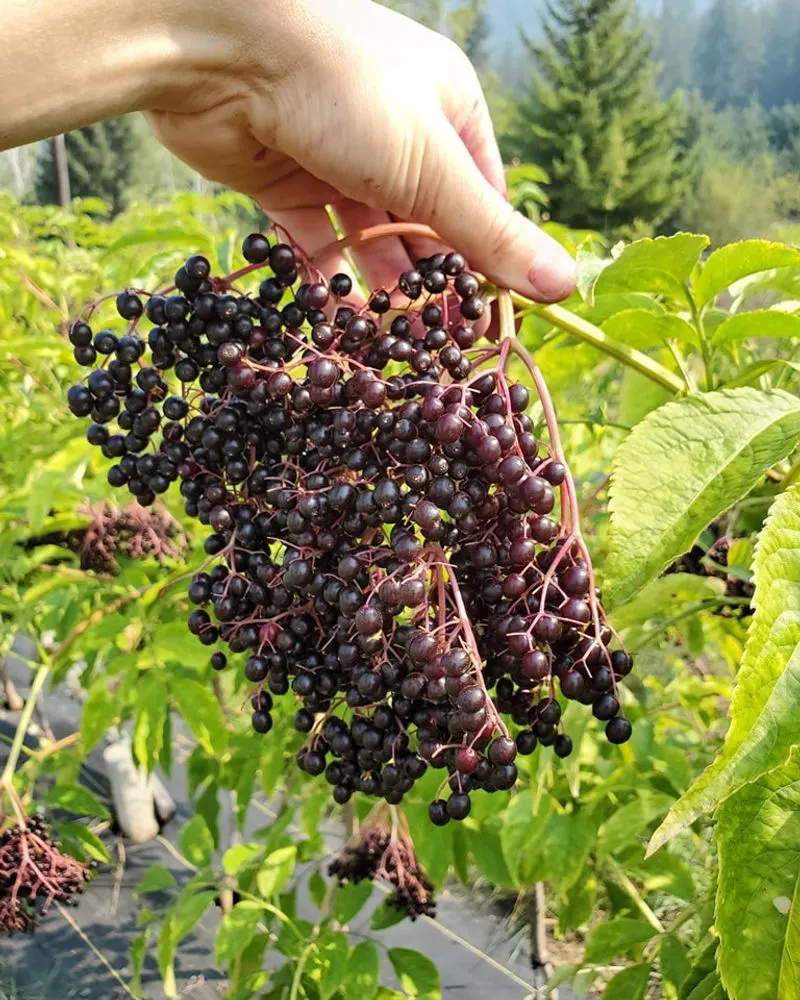
Elderberries might be best known for their immune-boosting properties, but they also grow with ease. These bushes prefer moist soil and can grow quite large, offering shade as well as fruit. The berries and flowers can be used in syrups and wines. Elderberries have a storied place in folklore, often associated with health and protection.
Boysenberries
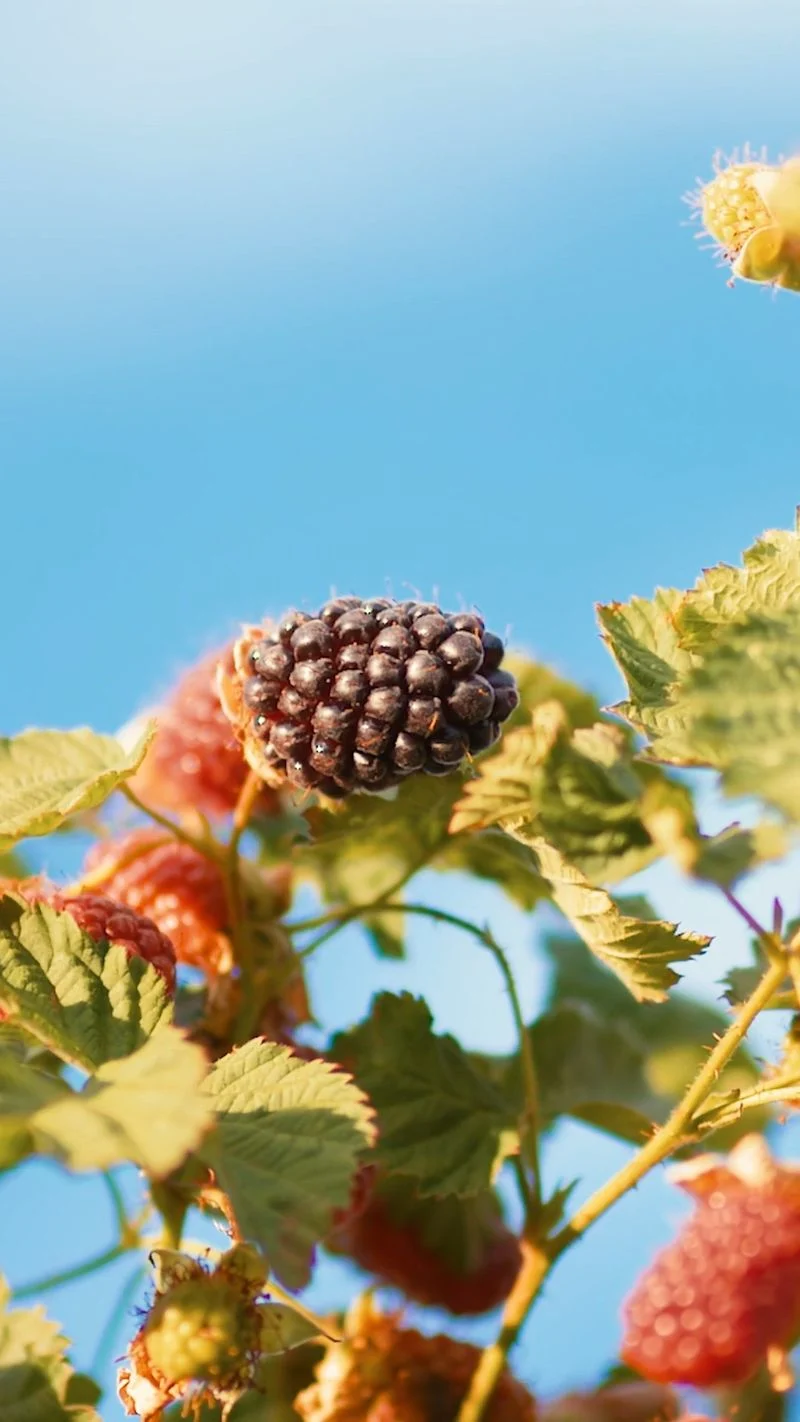
Boysenberries are a delicious hybrid of several berries, combining flavors of raspberry, blackberry, and loganberry. They’re easy to grow and love the sun. With a little care, you’ll find these berries are less prone to pests. Their juicy fruit makes amazing pies and jams. Fun fact: boysenberries were first cultivated in California during the early 20th century and quickly gained popularity.
Mulberries
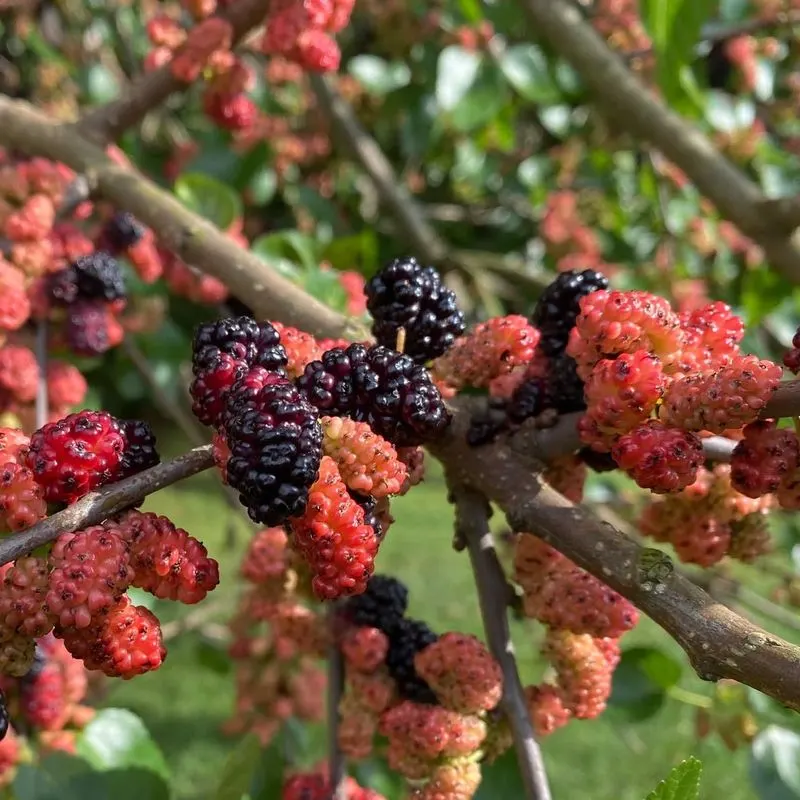
Mulberries are versatile, thriving in various climates and soils. These trees can live for decades, providing shade and delicious fruit. They require little attention once established. The berries are best eaten fresh or used in baking. Historically, these trees have been associated with silk production, as mulberry leaves are the preferred food of silkworms.
Cranberries
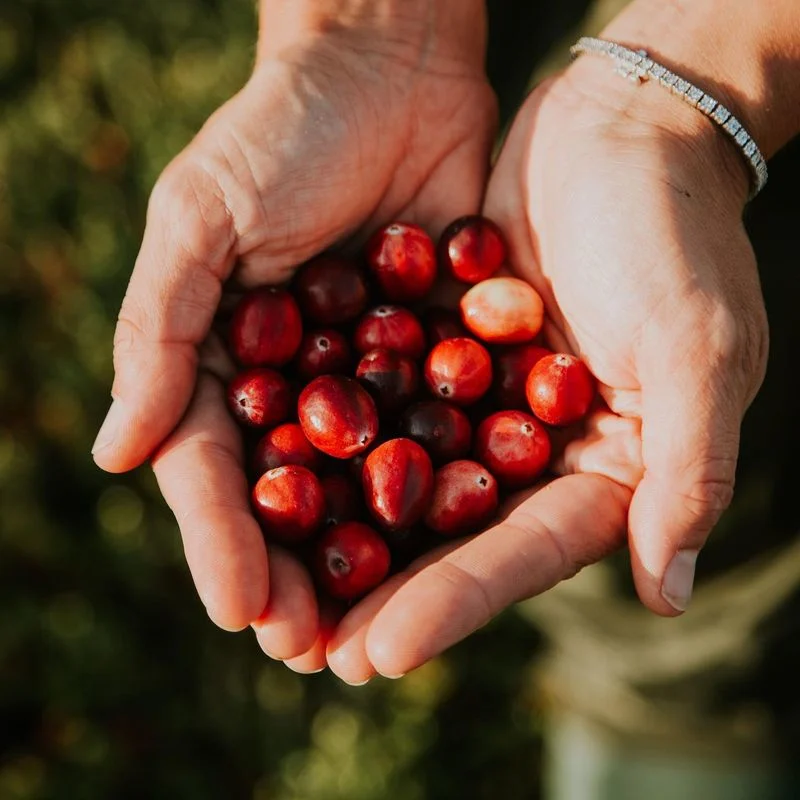
Though often associated with bogs, cranberries can be grown at home if you provide a moist, acidic environment. Low-growing and hardy, they flourish with minimal intervention. Perfect for making sauces or dried snacks. Cranberries have a rich history, used by Native Americans for food and dye long before becoming a holiday staple.
Huckleberries
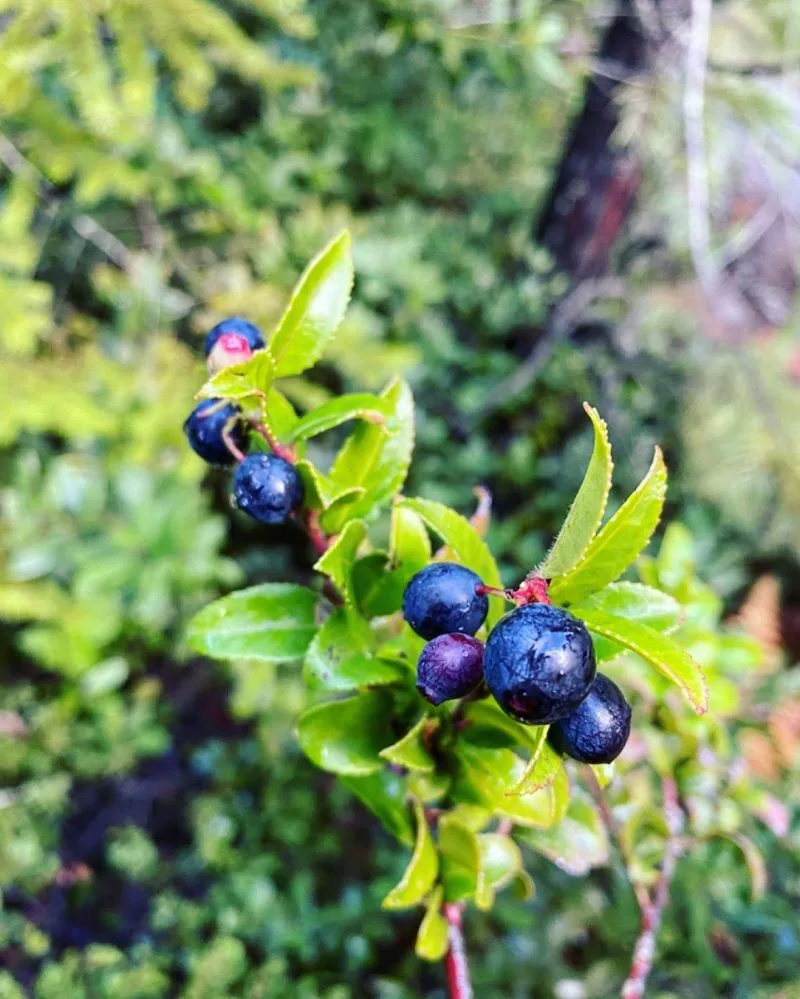
Huckleberries are a wild delight, known for their deep, sweet flavor. They thrive in acidic soils, often in woodland settings. These berries are smaller than blueberries, but pack a flavor punch. Once established, they need little care. Native to North America, they were a favorite of early settlers and continue to be cherished in regional dishes.
Lingonberries
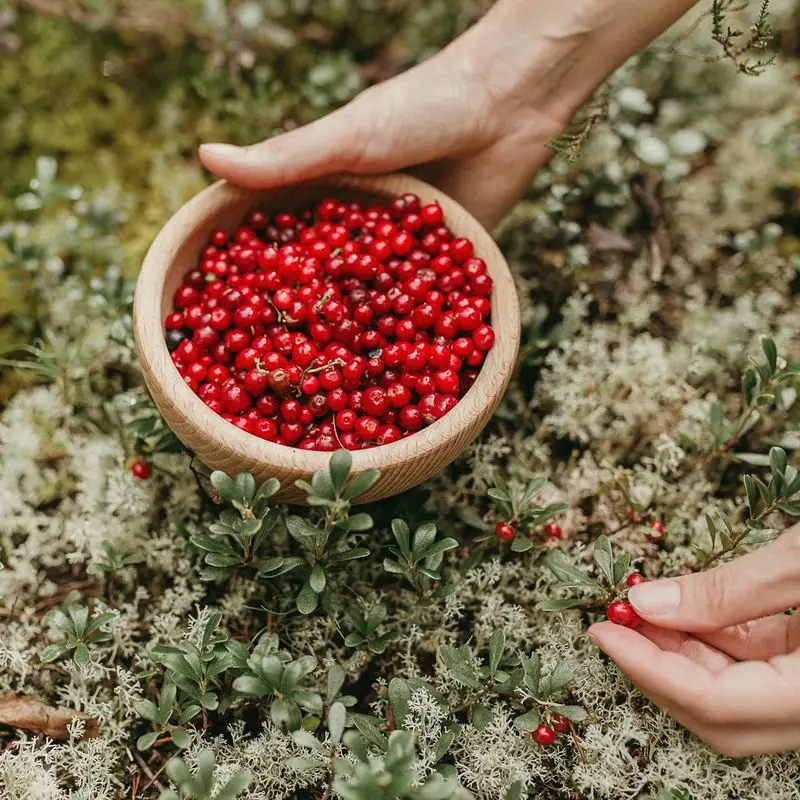
Lingonberries are a Scandinavian favorite, easy to grow and resilient. These low shrubs prefer acidic soil and a bit of shade. Their tart berries are perfect for preserves and pair well with savory dishes. Long before becoming a trendy superfood, lingonberries were a staple in Nordic cuisine, valued for their shelf-stable properties and health benefits.
Serviceberries
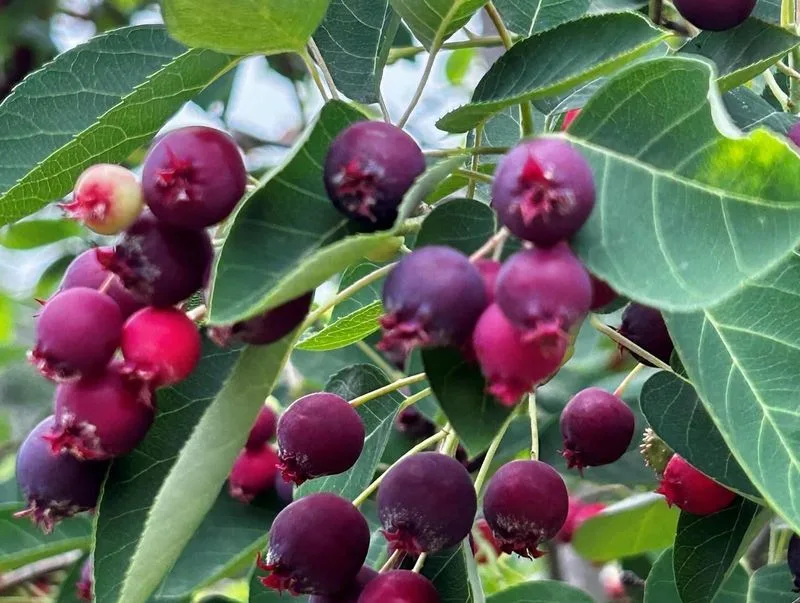
Serviceberries, also known as Juneberries, are ornamental and fruitful. These trees are hardy and adapt well to various soils. Their sweet, blueberry-like fruit is delightful fresh or cooked. The name ‘serviceberry’ is said to originate from early settlers, who used the flowering as a signal that roads were passable for church services after winter.
Tayberries
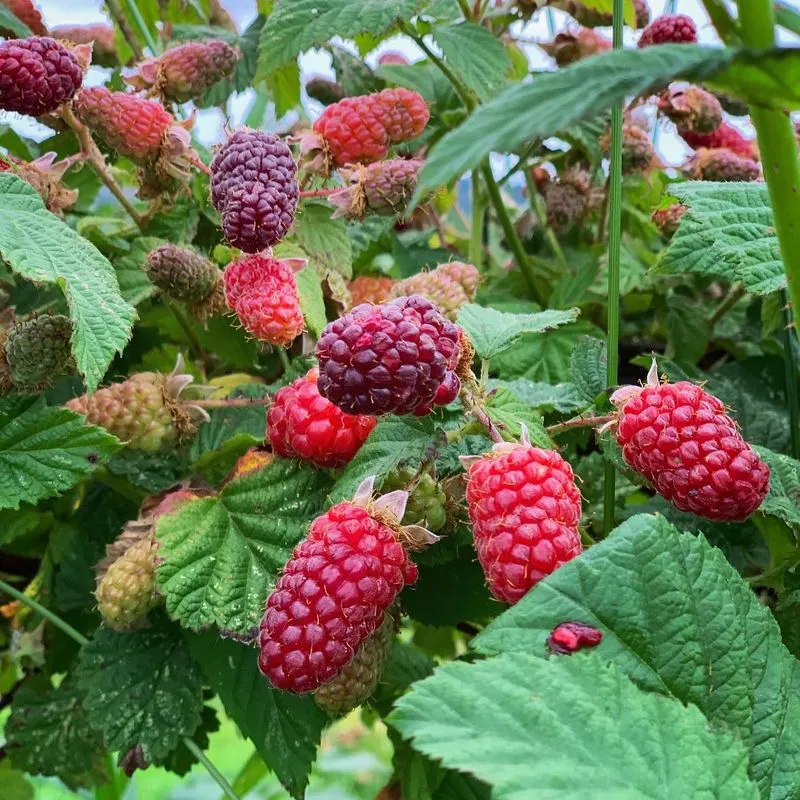
A cross between a raspberry and a blackberry, tayberries offer the best of both worlds. These plants are vigorous growers, producing sweet, aromatic fruit. They enjoy full sun and appreciate well-drained soil. Known for their intense flavor, tayberries are excellent in pies or fresh from the bush. Developed in Scotland, they’ve become a beloved choice for berry enthusiasts.
Cloudberries
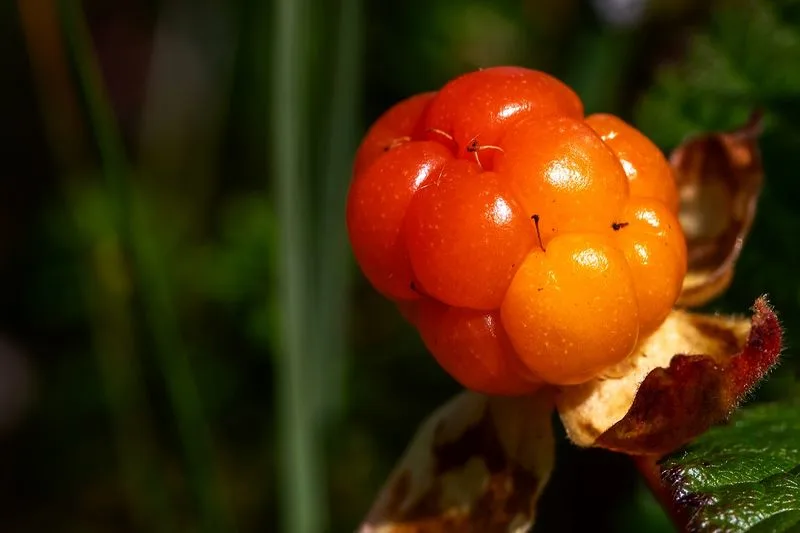
Cloudberries are a rare treasure, often found in northern climates. They require patience and a bit of luck but can be cultivated in the right conditions. The tart, golden berries are highly prized for jams and desserts. Scandinavian folklore speaks of cloudberries as gifts from the trolls, adding a touch of magic to their allure.

